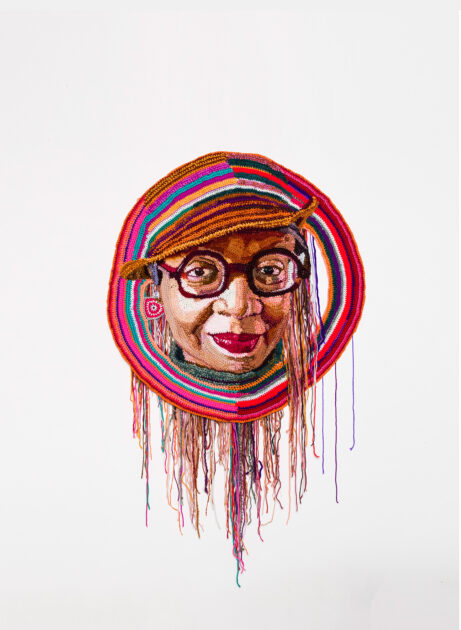The Legacy of the Seattle World’s Fair: A Peek into the Past and Future
The Seattle World’s Fair of 1962, aptly named the Century 21 Exposition, marked a significant cultural and technological milestone for the city and the world at large. With a vision centered around optimism, innovation, and the excitement of a burgeoning future, this fair left an indelible mark on the psyche of attendees and creators alike.
A Window to the Future
The fair encapsulated the technological aspirations of the era, showcasing innovations that would shape human life. Central to this vision was the iconic Space Needle, a structure that stood as a symbol of advancement and imagination. Alongside it was the monorail, an ambitious transport solution that connected downtown Seattle to the fairgrounds, reflecting an early vision of futuristic urban mobility.
Visitors could immerse themselves in themed pavilions that celebrated the world’s nations and their contributions to technology and culture. This was a time when the optimism of space exploration, industrial evolution, and cultural exchanges fueled the imagination of millions. The fair was designed to project a vision of what the 21st century could hold, encompassing a narrative of progress that was meant to inspire hope.
A Complex Cultural Reflection
Despite the grandeur and ambition behind the Century 21 Exposition, the fair did not fully represent the rich tapestry of global cultures, particularly when it came to African representation. As artist Xenobia Bailey recounts, the fair included a section titled Boulevards of the World, where various nations showcased their talents and innovations. However, the representation of African cultures was notably limited. Instead of featuring countries directly, Africa was symbolically represented through a boutique run by an African American couple from Seattle’s Central District.
This couple provided a unique lens into African cultures, importing goods like baskets, fabrics, and wood carvings from their travels. While the intention was to promote a cultural exchange, it highlighted the complexities of representation within a narrative that aimed to celebrate future achievements. It sparked conversations about who gets to tell the story of progress and how narratives can be shaped or overlooked.
Unearthing Historical Narratives
Today, Bailey is revisiting the fairgrounds as part of her research for a new artistic endeavor—a fictional exploration of a deferred African American Pavilion envisioned for the present. She draws inspiration from historical figures like W.E.B. Du Bois, who, at the 1900 Paris Exposition, presented an exhibit showcasing the progress and contributions of African Americans, challenging prevailing narratives of the time.
Bailey’s work aims to construct a narrative around what the African American experience might have looked like had there been dedicated spaces for representation and dialogue. She seeks to highlight a lineage of excellence and innovation among Black communities, particularly focusing on the elite, radical Black community of 18th-century Philadelphia. This exploration reveals an intricate history of decolonization, ingenuity, and resilience that often gets overshadowed in popular narratives.
Exploring Aesthetic Evolution
In her artistic journey, Bailey delves into the intersection of aesthetics and identity, examining how the African American experience has intertwined with broader cultural movements. By researching engineering, artistic styles, and material culture from the past, she seeks to uncover how these communities navigated a rapidly evolving industrial landscape while preserving their unique identities.
The coexistence of Edwardian and Victorian aesthetics with African American experiences speaks volumes about the creativity and adaptability of these communities. It is a testament to their ability to innovate and thrive in an environment that often stifled their voices and contributions.
In this structured exploration of the Seattle World’s Fair, we see a multifaceted view of a pivotal moment in history. Through personal recollections and artistic endeavors, there emerges a complex narrative of progress, representation, and the continuing quest for recognition and exploration of identity. As Bailey’s work reveals, the past provides a foundation from which to envision new futures, illuminating the path for future generations and highlighting stories yet to be told.



